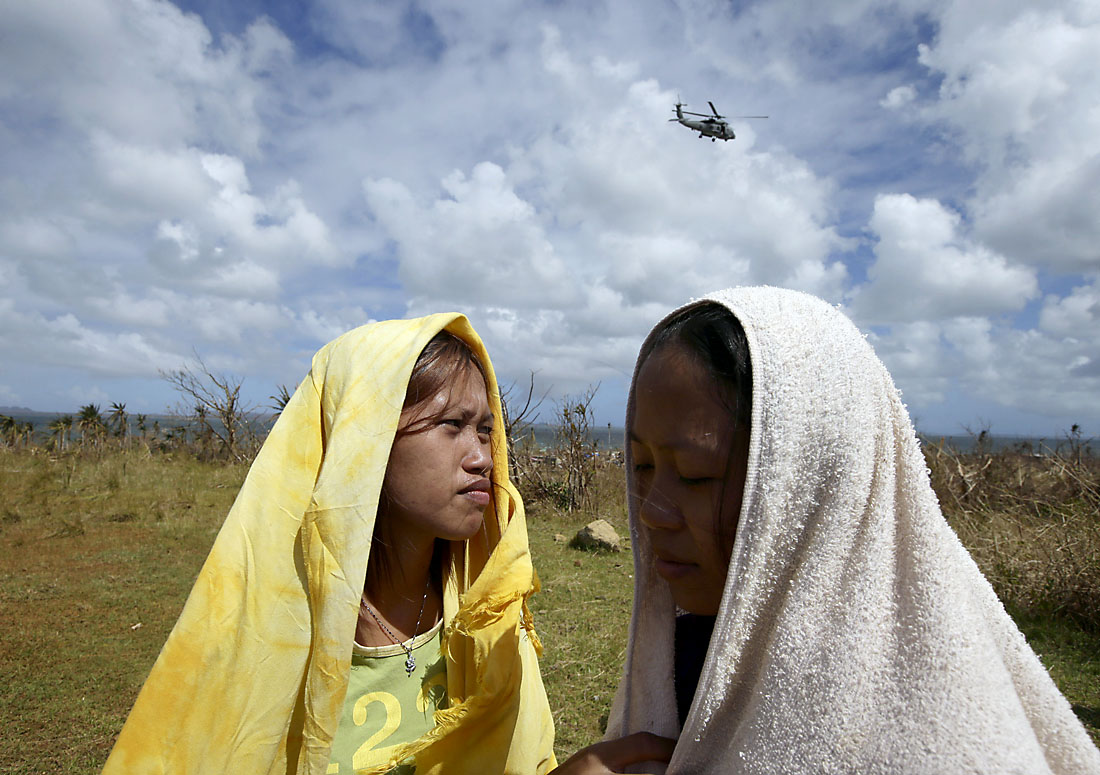In one of the world's most naturally deadly countries, catastrophes can originate almost anywhere. Flash floods race down mountainsides. A zigzag of tectonic plates collide below. Typhoons build in warm ocean waters and then tear westward.
And when disasters do strike, they strike hard, ravaging the Philippines' shabby infrastructure and often leaving scores dead, injured or without homes.
The combination of geography and poverty leaves Filipinos at almost unequaled risk of calamity, a vulnerability that ranks among the nation's most pressing and confounding challenges. For three straight years, typhoons there have killed more than 1,000 people, despite major government initiatives to reduce disaster risk. Typhoon Haiyan, which ripped through the central islands on Nov. 8, killed more than 3,600 and displaced 2 million.



















With your current subscription plan you can comment on stories. However, before writing your first comment, please create a display name in the Profile section of your subscriber account page.